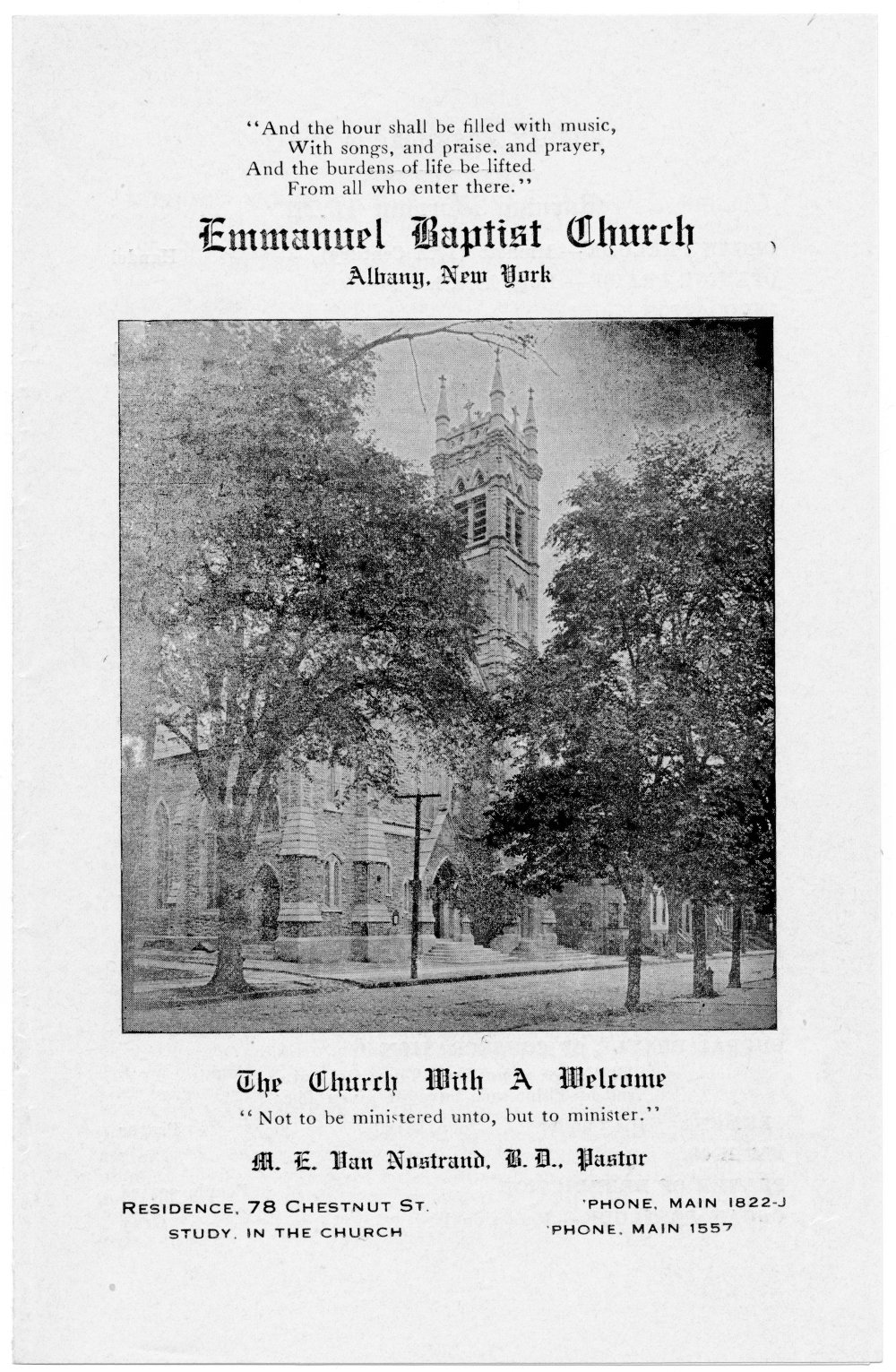When the conversation turns to religion and it’s time to defend Christianity are you at a loss for words? I know that I often am — until that night trying to go to sleep when I think of what I should have said. It’s frustrating, and I feel like I should have done better. Gregory Koukl has written a book, TACTICS , that will guide you in how to handle those situations when you have a chance to stick up for Jesus and help guide another soul to Christ.
, that will guide you in how to handle those situations when you have a chance to stick up for Jesus and help guide another soul to Christ.
The answer isn’t to deluge them with Bible quotes and assorted facts. That will most likely get you ignored or labeled a nutcase. The answer is to ask them questions about what they believe and to gradually let them see the fallacies and contradictions inherent in their position. Chances are good that a lot of what they say is the “party line” and that they have never really thought about it. Getting them to think so they can explain their position to you can cause them to see they might be wrong about Christ.
TACTICS is divided into two sections, first is the Game Plan, how to deal with the non-believer and guide them along towards the Truth of Christ Jesus. The second section outlines several classes of fallacies that are internally inconsistent or that if followed to their logical conclusion make no sense.
is divided into two sections, first is the Game Plan, how to deal with the non-believer and guide them along towards the Truth of Christ Jesus. The second section outlines several classes of fallacies that are internally inconsistent or that if followed to their logical conclusion make no sense.
Asking thoughtful questions based on the flaws in someones positions (flaws which the second part of the book will help you detect) can lead them to begin questioning their unbelief. It should always be done in a kind and considerate manner, not used as a bludgeon. After all, we are Christians and chances are that others are listening in to the conversation. We don’t want to cause the person we are talking to to dig in their heels and refuse to listen, and we want the observers to see us as reasonable and decent folks with honest convictions. You may not have an immediately discernible impact on the person you are talking to, but you may have planted a seed in their mind that the Holy Spirit can work on.
The tactical advice is excellent and I know it will help me in the future. In closing I want to mention what touched me the most powerfully. You don’t need to close the deal and get a conversion and profession of faith on the spot. Your job is to put a question in their mind. That question will become a “stone in their shoe” that can open the door for the Holy Spirit to step in and invite them into the fellowship of believers. Only God can close the deal, the Christians job is to be “clear, gracious, and persuasive.” Not everyone is ready to hear the Gospel and you have to accept it, but be on the lookout for those who are open to accept Jesus.
If you want to be better prepared to discuss your Christian Convictions, you should read TACTICS by Gregory Koukl. There is nothing in the methodology of this book that limits TACTICS
by Gregory Koukl. There is nothing in the methodology of this book that limits TACTICS to the defense of Christianity, it applies equally to the defense of any logically held position.
to the defense of Christianity, it applies equally to the defense of any logically held position.
I plan to read through TACTICS again to reinforce what Koukl has to say so that I am better prepared to defend Christ than from a single reading.
again to reinforce what Koukl has to say so that I am better prepared to defend Christ than from a single reading.
and deciding for yourself if Larry Osborne makes his case that the ten things are truly dumb will give you a lot to think about and help you walk closer as a follower of Jesus of Nazareth.


